We celebrate the 10th anniversary of [at] - Alexander Thamm in 2022.
In 2012, we were the first consultancy in the German-speaking world to take up the cause of Data & AI. Today, we can say that artificial intelligence has the potential to make an important contribution to some of the major economic and social challenges of our time: AI plays a role in the energy transition and climate change, in autonomous driving, in the detection and treatment of diseases or pandemic control. AI increases the efficiency of production processes and increases the adaptability of companies to market changes through real-time information as well as predictions.
The economic significance of the technology is growing rapidly. More than two thirds of German companies now use artificial intelligence and machine learning.
With #AITOP10 we show you what's hot right now in the field of Data & AI. Our TOP10 lists present podcast highlights, industry-specific AI trends, AI experts, tool recommendations and much more. Here you get a broad cross-section of the Data & AI universe that has been driving us for 10 years now.
Enjoy reading - and feel warmly invited to add to the list!
Inhaltsverzeichnis
10 Data & AI Books for Beginners - compiled by the [at].musketeers
At first glance, it is difficult to understand the concepts and technologies behind artificial intelligence (AI). But because AI will continue to occupy us in the coming years, it is high time to get to grips with it. But where to start? In our Top10 Books on Data & AI, we present 10 interesting books that are suitable for diving into the world of Data & AI. Have fun reading!
#10 Artificial Intelligence: A Modern Approach
Now in its 4th edition, this book is considered the standard work on AI. Russel and Norvig leave no question unanswered: From the mathematical approach to Deep Learning and Natural Language Processing to the security of AI. Various topics are explained from the ground up, thus providing an overall very comprehensive approach that is sometimes very advanced for beginners. Anyone looking for a holistic reference work on the subject of AI should definitely take a look at this book.
#9 Python Data Science Handbook
Python is a first-class data processing tool for data scientists because of its numerous libraries. The Python Data Science Handbook explains the numerous libraries such as IPython, NumPy, Pandas, Matplotlib and Scikit-Learn in one book. Ideal for Data Scientists, Engineers and all those who want to become one, this handbook explains how Data Science works with Python. The book offers an easy introduction and is a must-have for anyone who wants to get started in the world of Data & AI with Python.
#8 Introduction to Machine Learning with Python
Machine Learning (ML) is now used in many commercial applications and projects. Nevertheless, the technology is not limited to large companies or research teams. This book explains how you can develop practical ML applications using Python - without any special prior knowledge. You will learn how to use scikit-learn to develop ML applications with a focus on the application rather than the mathematics behind it. If you are already familiar with Matplotlib and Numpy, you can use this book to build on them and bring your first ML application to life.
#7 The Hundred-Page Machine Learning Book
This book shows what really works. Practical and realistic, the "Hundred-Page Machine Learning Book" succinctly conveys the current concepts and tools for developing ML applications. If you are looking for a start into the topic of ML, this book could be just the right thing. The author shows the basic instruments that play a role in ML - packed briefly and succinctly on 100 pages.
#6 Pattern Recognition and Machine Learning
The growth of practical applications for machine learning over the last decade has been accompanied by many important developments in underlying algorithms and techniques. Bayesian methods have become mainstream, while graphical models have become the general framework for describing and applying probabilistic techniques. This book reflects these recent developments while providing a comprehensive introduction to the fields of pattern recognition and machine learning. Aimed at researchers, practitioners and students, this book explains the whole concept of pattern recognition and Bayesian methods without assuming any prior knowledge of these concepts.
#5 Hands-On Machine Learning with Scikit-Learn, Keras, and TensorFlow
Deep Learning has enormously increased the entire field of Artificial Intelligence and its possible applications. Even data scientists who don't know much about Deep Learning can now create neural networks. This book shows how it's done: Using concrete examples and state-of-the-art frameworks, you'll learn more about the entire ML workflow as well as various training models, neural networks and much more. Learn the tools and technologies you need to train and scale deep neural networks with these three popular frameworks.
#4 Neural Networks from Scratch in Python
If you've already studied the basic concepts of ML and AI, you're probably wondering not what ML can do, but how. This book gives an insight into artificial neural networks in Python and shows you how to create and train them yourself. By programming neural networks without any frameworks or libraries, you will learn the real concepts behind the technology. "Neural Networks from Scratch in Python takes you from your first neurons to evaluating an entire neural network with many examples and the necessary Python code.
#3 The Ultimate Data and AI Guide: 150 FAQs About Artificial Intelligence, Machine Learning and Data
Artificial Intelligence, NLP, Big Data, Cloud computing or Deep Learning: There is a jungle of buzzwords that newcomers are confronted with when they enter the world of data and AI. This book sheds light on what a Hadoop Distributed File System, neural networks or a data lake are and how machine learning works from a business perspective. The Data & AI Guide educates you on the most common and widely used tools, best practices and workflows to get you on your way to implementing ML.
#2 Deep Learning
Deep Learning enables computers to learn difficult concepts as a hierarchical graph with many layers. "Deep Learning" provides an introduction to a wide range of Deep Learning topics. The book provides the mathematical and conceptual background, highlights Deep Learning technologies used in industry today. Current application areas such as NLP, computer vision or online recommendation systems are explained and an overview of the research perspectives in the field is given. The book is suitable for students and researchers as well as for those interested in diving deep into the concepts of Deep Learning.
#1 Designing Data-Intensive Applications
System design faces major challenges: Factors such as data, scalability, consistency, maintainability, reliability and efficiency must be taken into account. Buzzwords like NoSQL, relational databases, streaming processors or distributed computing make the topic even more complicated. In this practical and detailed handbook, author Martin Kleppmann guides you through the advantages and disadvantages of the various data processing and storage systems. Although software evolves, the basic ideas remain the same: software engineers and architects learn here how to make data-intensive applications a reality and how to make the most of data in modern systems. Get an insight into today's concepts and learn how you can build your own Big Data-friendly ecosystem for the use of ML and AI.

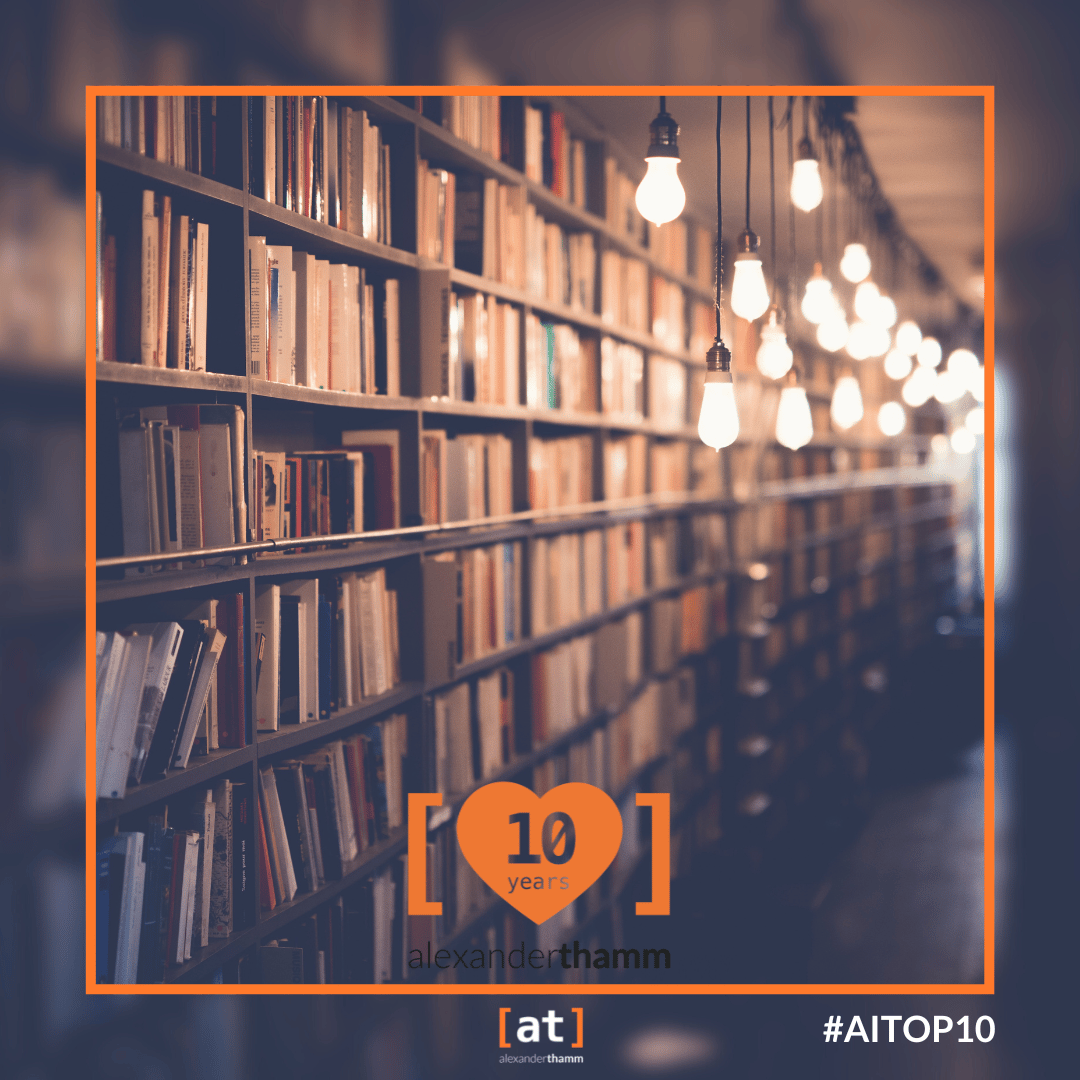

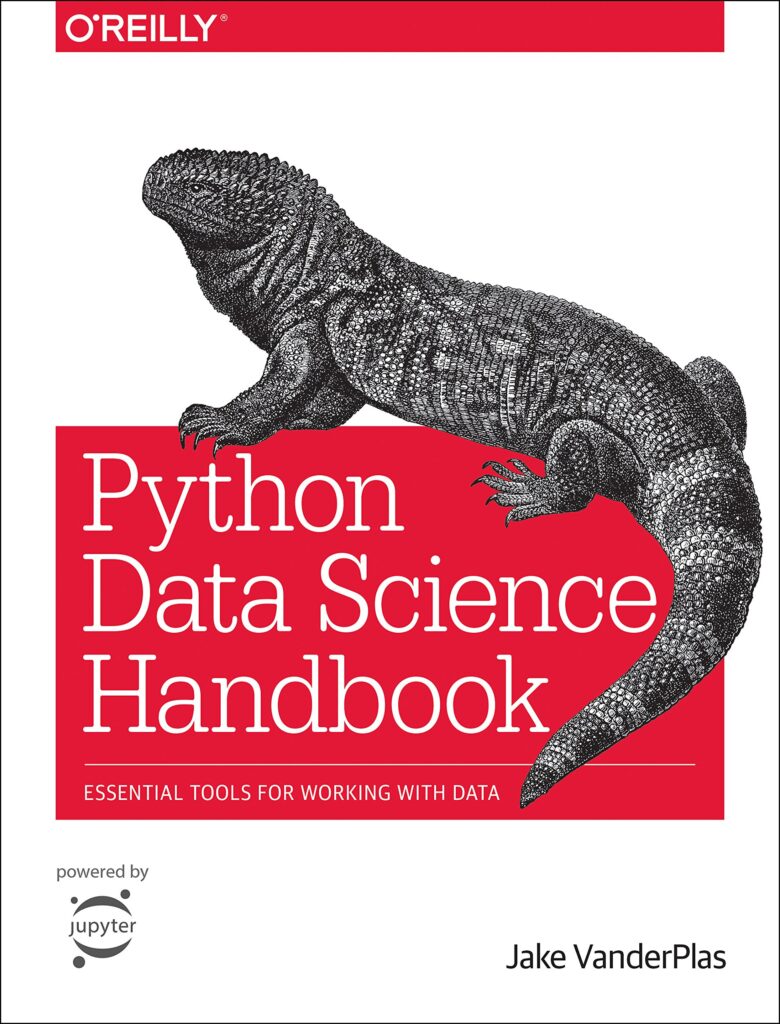
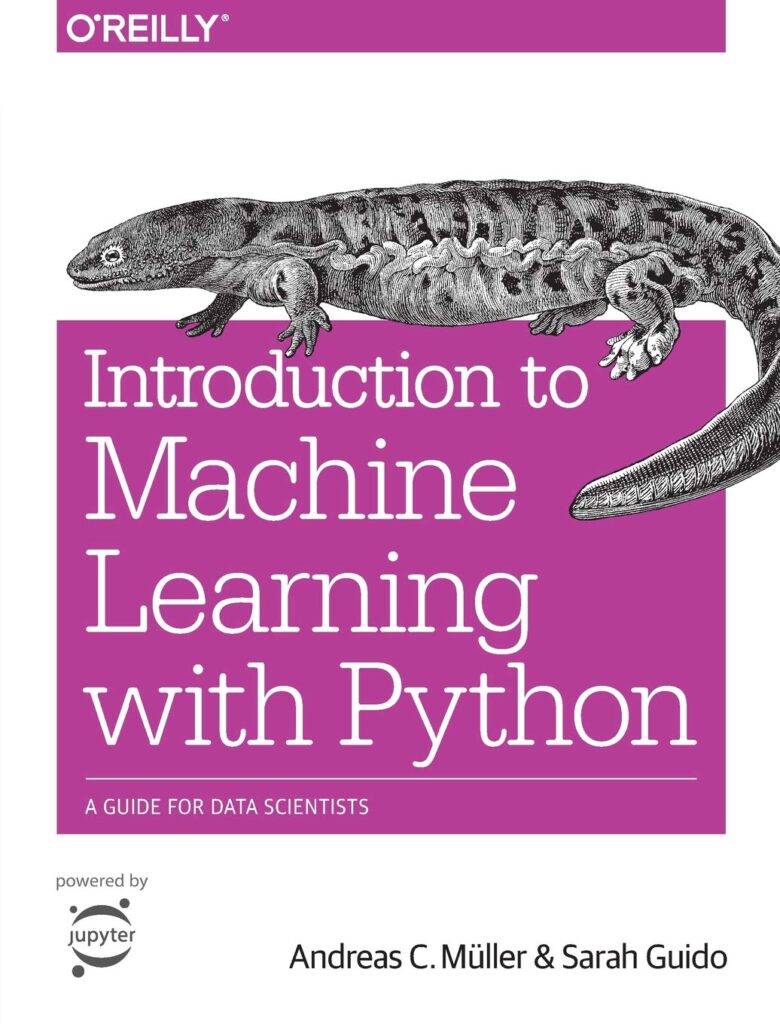
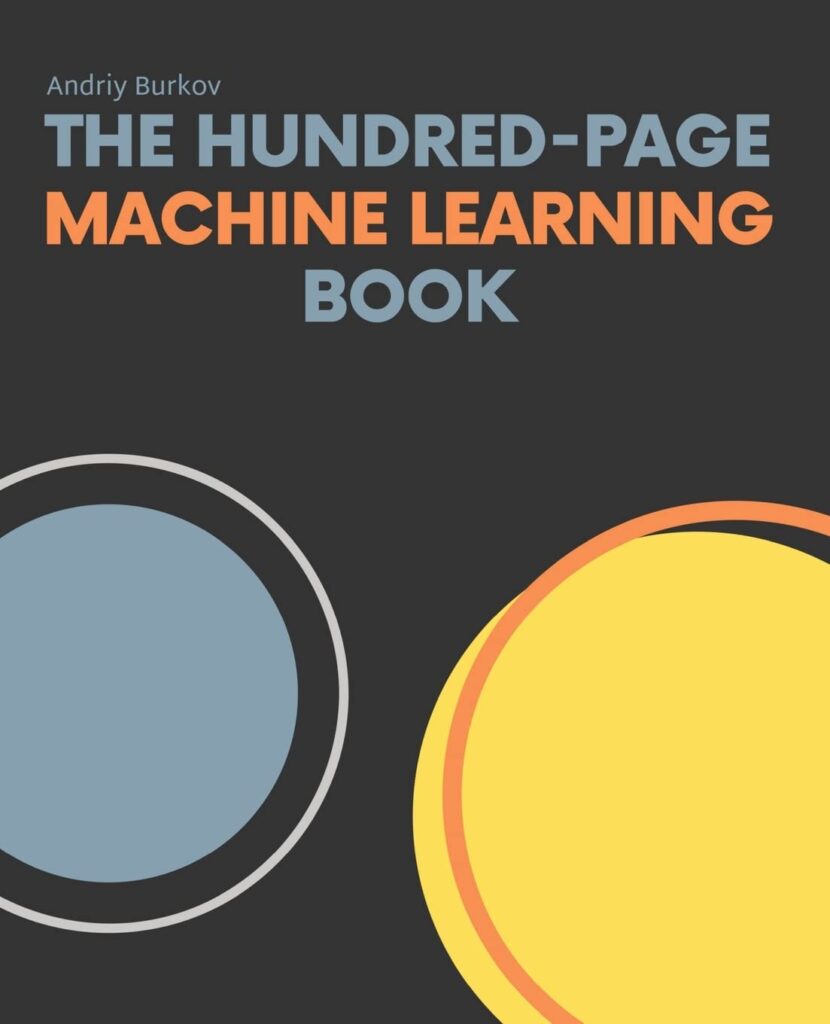
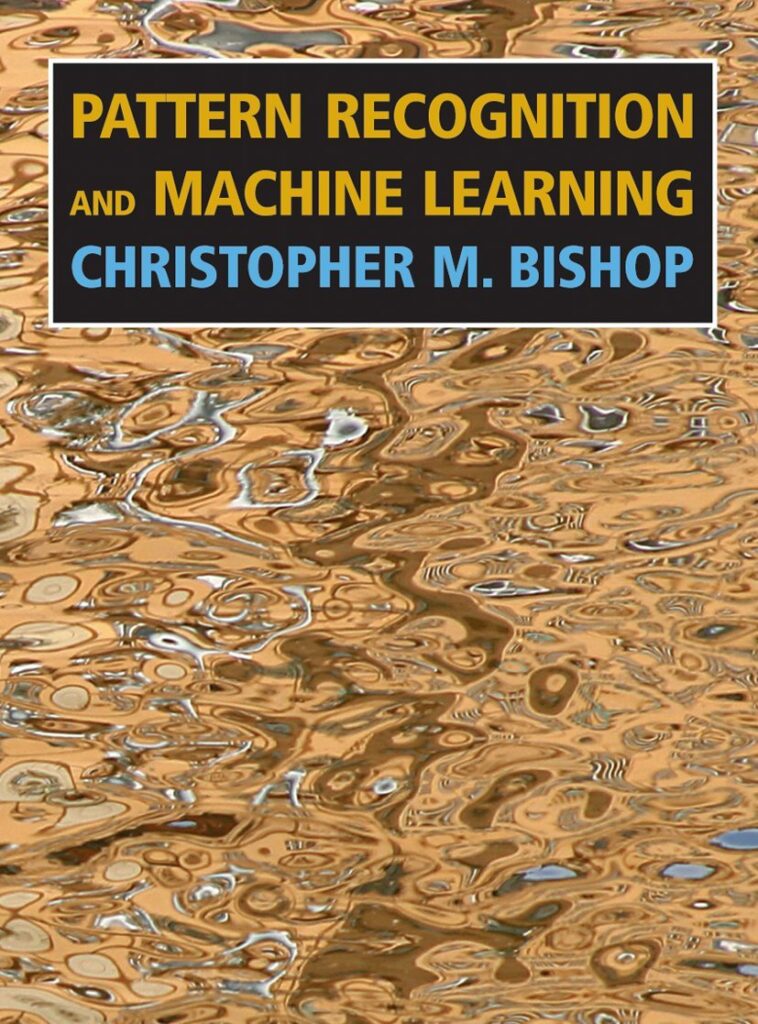
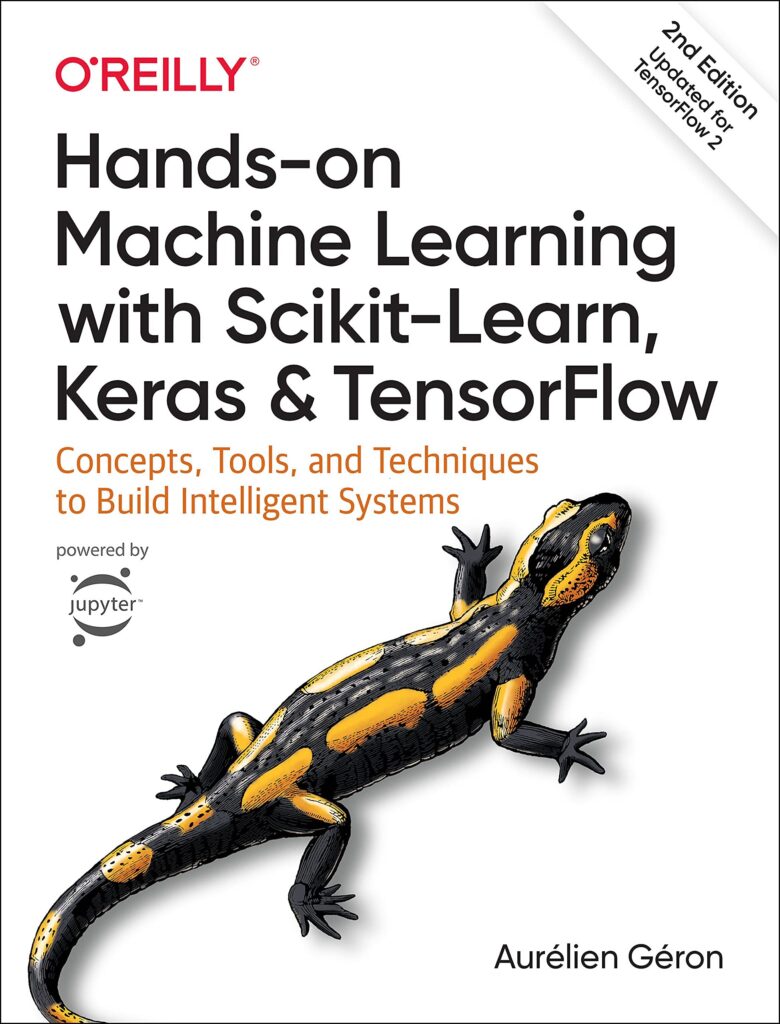


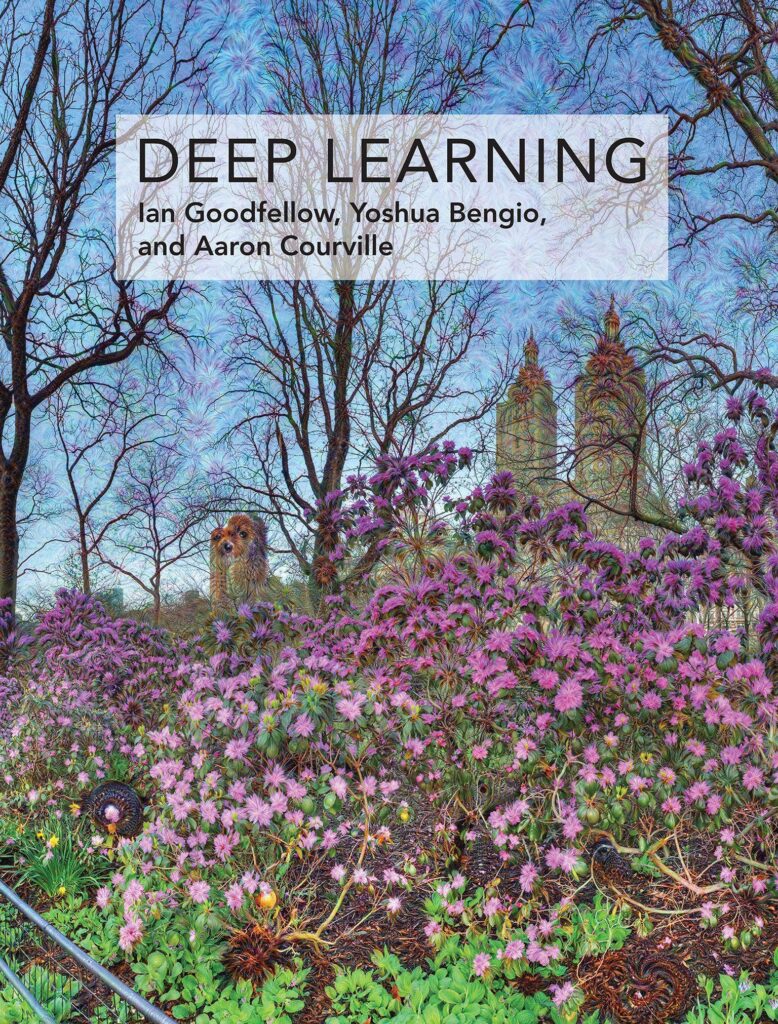
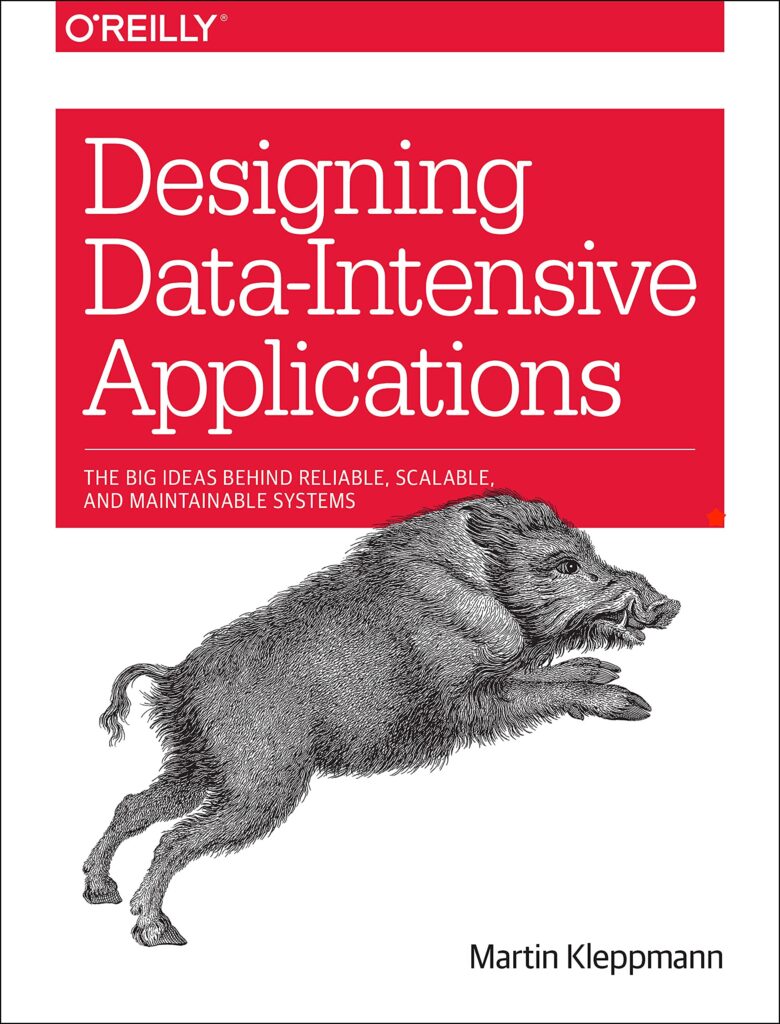



0 Kommentare